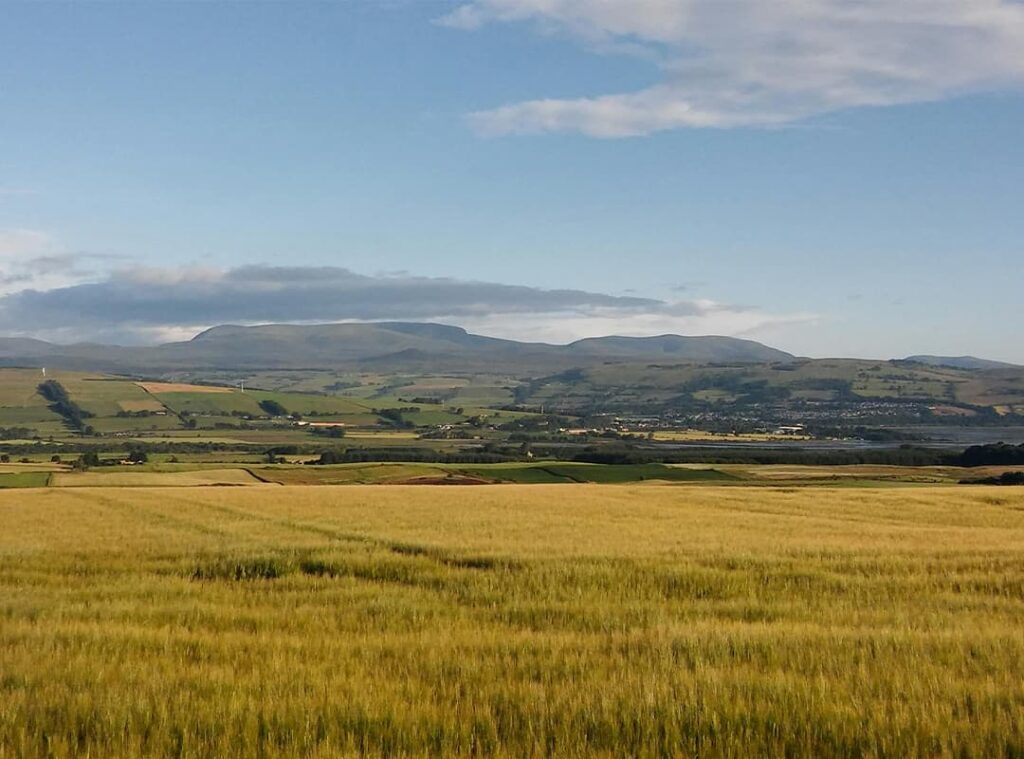Golf was born about 600 years ago in the Scottish Highlands, and it was from these rough pastures that a simple game with a ball and clubs went global.
Links golf – played among the rugged dunes that connect the land to the sea – is a special challenge, where fresh winds, deep bunkers, firm fairways and thick grass challenge players of all skill levels.
To get a taste of golf as it was invented, a trip to Scotland is on the bucket list of almost everyone who has ever held a club.
St. Andrews
Known as the “birthplace of golf”, the game has been played in various forms on the courses of St. Andrews since the 15th century.
This historic seaside and university town northeast of Edinburgh on the east coast of Fife is home to seven golf courses, with the Old Course taking center stage.
The Old Course occupies a windswept triangle of dunes, hills and sagebrush bordering West Sands Beach to the east and is located between the New Course (1895) and Eden Course, as well as Jubilee, Strathairn and Balgove courses. Castle Field is located on top of a cliff overlooking the city.
The old course starts in front of the Royal and Ancient Golf Club house and leads to the Eden Estuary and then turns to the house. There are many blind shots through reed beds and scary bunkers named “Hell” and “Coffins” that require careful navigation.
Kingsbarns
Just along the coast from St. Andrews is Kingsbarns, a modern links-style golf course opened in 2000 in a picturesque cliff-top location.
Created on the land where golf first appeared in 1793, Kingsbarns quickly took the top spot on many tourists’ bucket lists for its rugged views, championship course challenge and luxurious hospitality.
Turnberry
On an unspoiled strip of Ayrshire coastline on the western flank of Scotland is the pearl of Turnberry, which today is best known for being owned by US President Donald Trump.
The President bought this famous course in 2014 before taking office and signed off on a multi-million dollar renovation, including the famous Edwardian Turnberry Hotel.
The redesign of the masterpiece Ailsa course includes bringing the iconic lighthouse to the forefront with a new ninth green at its base. The location and views of the Ailsa Craig cliff and the island of Arran are still magnificent, and the redesign has received rave reviews.
Carnoustie
The Championship Golf Course is one of three Carnoustie links golf courses that juts out like a shark’s tooth into the North Sea on the east coast of Scotland.
The long, rugged course is arguably the most challenging at the Open Championship, especially when the wind is blowing.
During the 1999 Open Championship, it was known as “Car-nasty” because of the dense brambles, narrow fairways and severe weather.
That year, Frenchman Jean van de Velde, leading on the last hole, made a shot from the creek, after which the Scotsman Paul Lawrie won the playoff.
Royal Troon
Troon was founded in 1878, but took its current form 10 years later in the South Ayrshire town overlooking the Clyde Bay on the west coast of Scotland, south of Glasgow.
The Old Course is a classic “out-and-back” links course with a relatively flat start and finish and a devilish middle section that runs through picturesque links fields overlooking the island of Arran. The wind is its main defense – a breeze in the face as you return home is a formidable challenge.
Muirfield
The historic Muirfield Links course has been in existence since 1891 and is home to the Honorable Company of Edinburgh Golfers.
This famous course is located east of Edinburgh on the southern shore of the Firth of Forth in East Lothian, which is called the “Golf Coast of Scotland”.
The course has two nine-hole loops running in opposite directions, so the wind never blows from the same direction on consecutive holes.
Royal Dornoch
On the north shore of the Dornoch Firth on the northeast coast of Scotland is one of the most revered courses: Royal Dornoch. Golf has been played in this seaside town, located north of Inverness, since 1616, but the current club has existed “only” since 1877.
There are two courses in Royal Dornoch – Champion and Struie, but it is the former that attracts visitors from all over the world.
The winding sandy shore and dunes behind it, the fast running field with hills, hollows, bunkers and reed beds is a real test for the links, located between the sea and the purple heather-covered mountains.
Whisky lovers can visit the Glenmorangie and Ardmore distilleries, located beyond the Dornoch Fort Bridge on the A9 highway south toward Inverness.
